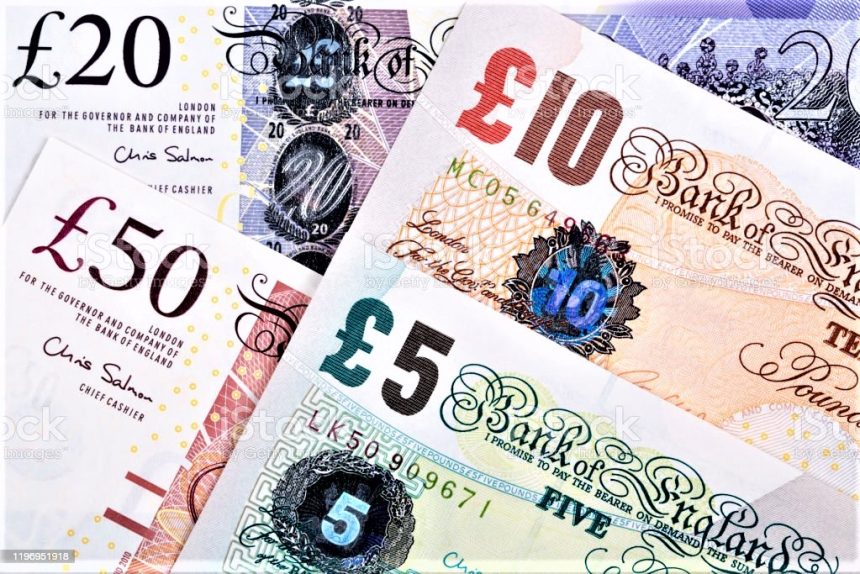Pound sterling remained shaky against its major peers as investors worried about the UK’s economic performance.
On Friday, the pound sterling (GBP) traded cautiously against its major counterparts. Despite positive Gross Domestic Product (GDP) numbers for December and the fourth quarter of the previous year, the British currency struggles to find a stable footing as investors remain apprehensive about the United Kingdom’s (UK) economic prospects.
Investors looking for new indications on the BoE’s policy outlook next week from statistics on the UK job market and inflation.
In the most recent monetary policy meeting, the Bank of England (BoE) halves cut its GDP predictions for the year to 0.75%, dealing a significant blow to Chancellor of the Exchequer Rachel Reeves, who had promised to boost economic growth. The BoE stated that increased global tariffs would reduce their growth rate.
The UK Office for National Statistics (ONS) stated on Thursday that the economy unexpectedly expanded by 0.1% in the fourth quarter of 2024, despite economists expecting it to decrease at a comparable rate. In December, GDP growth was strong at 0.4%.
The next triggers for the pound sterling will be the labor market statistics for the three months ending December and the Consumer Price Index (CPI) data for January, both of which will be announced on Tuesday and Wednesday. Both Economic factors may impact market speculation on whether the Bank of England (BoE) would cut interest rates again at its March meeting. On February 6, the BoE decreased its key borrowing rate by 25 basis points (bps) to 4.5%.
Daily market update: Pound Sterling maintains Thursday’s gains against the US dollar.
In Friday’s European session, the pound sterling trades near its Thursday high of 1.2560 against the US dollar (USD). The GBP/USD pair strengthens as the US Dollar weakens following President Donald Trump’s directive to the Commerce Department and trade representatives to devise a plan to match tariffs on each product with every country.
President Trump said in the Oval Office on Thursday, “I’ve decided for the sake of fairness that I will Charge a reciprocal tariff. Trump continued: “It’s fair to all, no other country can complain.” The President also stated that tariffs will “level the playing field for all US companies.”
This scenario weighed heavily on the US dollar, as market players expected Trump to apply reciprocal duties shortly. These assumptions were based on his tweet on Truth Social: “Three wonderful weeks, possibly the finest ever, but today is the big one: reciprocal tariffs!!! “Make America great again!!!” The statement made during early North American trading hours on Thursday.
US dollar falls as US President Donald Trump does not apply reciprocal duties immediately.
The US Dollar Index (DXY), which analyzes the value of the US dollar against six major currencies, remains vulnerable in Friday’s European session, hovering around 107.00, a more than two-week low.
Market participants expect increased tariffs to accelerate domestic production Activities in the United States. This scenario would increase labor demand and raise price pressures, requiring Federal Reserve (Fed) authorities to retain a restrictive monetary policy stance for longer.
According to the CME FedWatch tool, the Fed is projected to hold interest rates constant during its next three policy meetings. There is a nearly 50% possibility that the Fed will decrease interest rates at its July meeting.
Investors will focus on the January Retail Sales data from the United States, which will be release at 13:30 GMT on Friday. The US Census Bureau expected to report that Retail Sales, a key measure of consumer spending, declined by 0.1% after expanding 0.4% in December.
https://voiceoftraders.com/analysis/gold-price-gains-pace-on-fears-over-trumps-tariff-proposals









